I recently purchased these cheap digital voltmeters from Amazon to display the output of my 2.5 kV HV supply. The HV supply has a dedicated 1/1000 output (0 - 2.5V)for monitoring, which I am trying to measure using the cheap voltmeter.
The voltmeter has 3 wires: +5V power, GND, and probe. Both the HV supply and voltmeter are powered by a single 5V supply. However, the voltmeter is consistently measuring half the actual value. When I measure the 1/1000 output with a Fluke multimeter (with other voltmeter disconnected) it measures the correct value.
I have tested the digital voltmeter with other benchtop supplies (5V, 12V, 15V) and it seems to work fine. Any suggestions on what I could be missing here?
EDIT: The 1/1000 output shares ground with other HV supply inputs/outputs.
